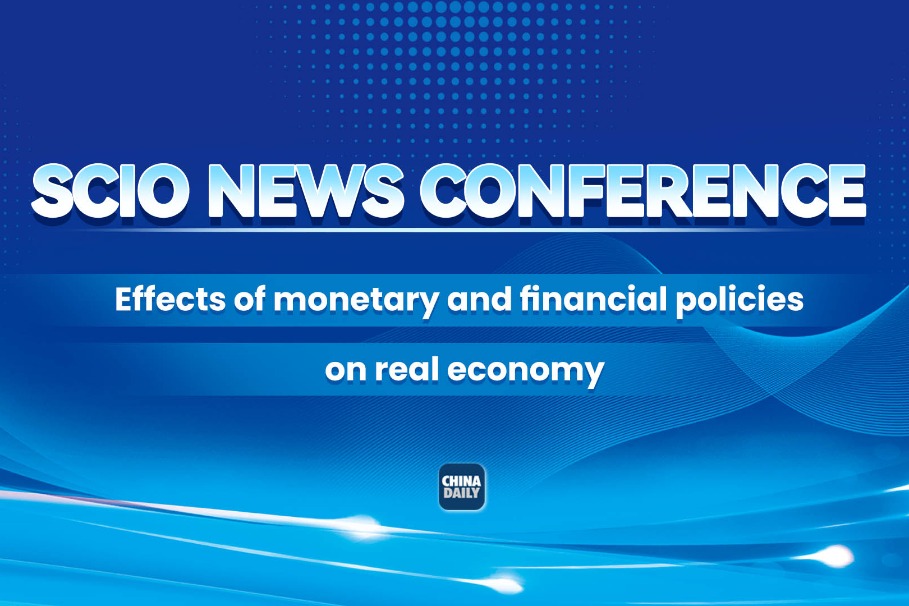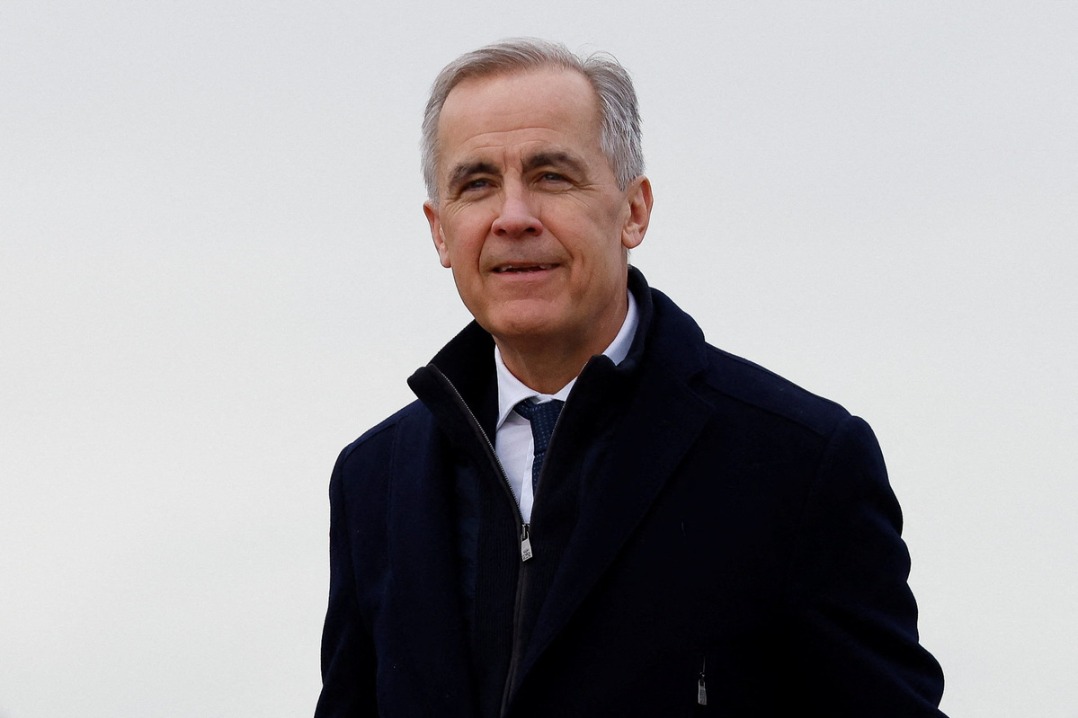Global economy close to solid recovery


A year ago, when the global economy was in the depths of the COVID-19-induced recession, we argued for a V-shaped recovery and the return of inflation. Twelve months on, despite the clear signs of a strong recovery, the debate is now on whether this was just a spurt driven by policy support and reopening. If so, global growth could slow down as it did in 2012 when policymakers withdrew fiscal and monetary policy support.
Our (Morgan Stanley's) three-factor framework has shaped our thinking about this cycle. First, the COVID-19 pandemic is an exogenous shock, unlike the global financial crisis that was caused by excessive private sector leveraging. Second, in the absence of moral hazard issues, policymakers responded actively and aggressively. And third, as the declining share of wages in GDP and rising income inequality came to the fore, an inclusive growth environment emerged as a goal of both monetary and fiscal policy. The bias will be to err on the side of keeping policies expansionary.
Against this policy backdrop, we foresee a sustained recovery.
We see the global GDP trajectory rising above its pre-COVID-19 path (the trajectory that global GDP would have followed had not the pandemic broken out) from the third quarter of this year. Our global GDP growth forecast of 6.5 percent in 2021 and 4.8 percent in 2022 are 50 basis points above consensus for 2021-22.
The United States and China are playing an outsized role in driving the strong global growth story in this cycle. The US gross domestic product has overshot its pre-recession path, which it could not achieve in the previous two recessions in 2001 and 2008. For China, its GDP will increase by 9 percent this year and by a further 5.8 percent next year.
So far, the recovery has been led by a sharp rebound in consumption and an initial pickup in capital expenditure. While initially strong fiscal transfers supported household incomes, reopening of economies is now lifting wages meaningfully. Household balance sheets are in a healthy state and consumers around the world have accumulated, to varying degrees, excess savings that can be used in the coming months. For example, in the US, consumers have accumulated $2.2 trillion in excess savings, which amounts to 10 percent of the country's GDP.
Moreover, our growth forecasts are actually on the conservative side as we see a strong recovery in wage income funding consumption, not a huge drawdown in excess savings. Wage income in the US has already reached 101 percent of pre-pandemic levels and we project excess savings to increase to $2.3 trillion before a modest drawdown begins in the fourth quarter of 2021, with excess savings still remaining at $2.1 trillion at the end of this year.
Faster drawdowns will pose upside risks to consumption growth. But in every economic cycle, as we move deeper into the recovery stage, the driver of demand shifts from consumption to investment-because capital expenditure arises from a need to feed future demand. The corporate sector raises capital expenditure only when it is confident of growth. And the strong recovery in aggregate demand will drive a red-hot capital expenditure cycle.
Global investment will increase to 121 percent of pre-recession levels by the end of next year, with US investment reaching 116 percent of pre-recession levels by the end of next year, a threshold that took 40 quarters to reach in the last cycle. This strength and speed of the US capital expenditure cycle has not been seen in the past five cycles. Investment took 40 quarters to reach those levels after the 2008 global financial crisis, and an average of 21 quarters in the past five cycles.
The capital expenditure cycle in China and emerging market economies will accelerate too, as it is intrinsically tied to external demand. As external demand has led the recovery, emerging economies' real exports have already rebounded, and translating into a pickup in their capital expenditure trend. In particular, Asia (which accounts for 71 percent of the emerging markets' GDP) will lead and drive the upswing in the capital expenditure cycle, given its high trade exposure.
Investors are concerned that the reopening of economies will shift consumer spending from goods to services, thereby impacting the emerging markets' exports growth outlook. However, we believe that the sharp revival in the developed markets' capital expenditure cycle will help provide an important offset to the emerging markets' export growth outlook.
What are the risks to this story? While the clear risk is the emergence of new, deadlier novel coronavirus variants that make vaccines ineffective, the bigger threat, in my view, is an overshoot in US core personal consumption expenditure inflation beyond the Federal Reserve's implicit 2.5 percent a year threshold. This risk could emerge from mid-2022 onward.
Transitory factors and base effects, which we are seeing now, should be ignored. Instead, sustainably higher inflation will be driven by tighter labor markets and a rise in aggregate wage costs. This dynamic has already begun to play out, notably with the employment cost index at 2.7 percent this year, just 20 basis points shy of its pre-pandemic high. We foresee wage cost pressures intensifying as the fast recovery in GDP brings a rapid improvement in the labor market.
Furthermore, aggregate wage costs could rise even with considerably higher levels of headline unemployment. Job losses are concentrated in the low-wage sectors, with a 68 percent share, almost double the level during the last recession. As policymakers push for a high-pressure economy to bring jobs back, the strength in aggregate demand will lift unemployment rates in middle- and high-income sectors, which are already near pre-pandemic levels.
The impact on wage costs from intense pressures on labor demand will be compounded by the labor supply side. The pandemic has accelerated the economic restructuring process, which is lifting the natural rate of unemployment.
The author is Morgan Stanley chief economist and global head of Economics.
The views don't necessarily reflect those of China Daily.
If you have a specific expertise and would like to contribute to China Daily, please contact us at opinion@chinadaily.com.cn, and comment@chinadaily.com.cn.


































